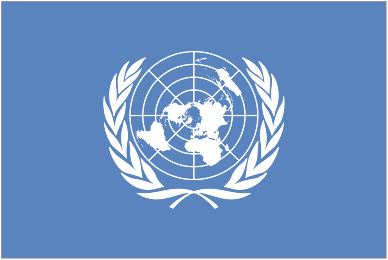30 December 999 AD: King Brian Boru won a great Victory over the Vikings of Dublin and their allies the Leinstermen at the Battle of Gleann Máma/ Cath Gleann Máma on this day.
In this engagement he had as an ally Máel Sechnaill mac Domnaill, the king of Meath. Not all accounts agree though that they were brothers in arms at this time. Indeed within a few years they were to clash with Brian emerging the victor. Years later they faced the Vikings again at Clontarf but as here the part played in that battle by the Mide king is open to question. Though we have the date and the year for this battle, 30 December 999, its exact location is now lost to us. Some have postulated that it was in glen in the Wicklow Mountains, others that it was fought much nearer to the walls of Dublin. The inherent military probability is that the second opinion is correct.
Whatever the immediate impact of Glenn Máma it did embed a deep sense of bitterness within the heart of King Maelmorda of the Province of Laigin (Leinster). He ignominiously hid in a tree as his army broke and ran. It was there he was taken by no less a figure than Brian’s son Murchad who hauled the hapless Maelmorda out of the yew tree where he had hidden.
The Battle of Glen Máma resulted in the total defeat of the Vikings and their Leinster Irish allies. The Leinstermen were none too enamoured with their subordinate status to the Kings of Tara and had seen in the Vikings allies worthy of their support if they could just shake off subjection by the O’Neills and now this upstart King Brian of Cashel. On this occasion however their support for the rulers of Dublin paid them no dividends. In the follow up to this Victory Dublin was captured and King Sitric was forced out of his capital.
Brian, king of Caisel, led an army to Glenn Máma and the foreigners of Áth Cliath, accompanied by the Laigin, came to attack him. And they were defeated and a slaughter was inflicted on them, including Aralt son of Amlaíb and Cuilén son of Eitigén and other nobles of the foreigners. This happened on Thursday the third of the Kalends of January 30 Dec. Brian afterwards entered Áth Cliath, and Áth Cliath was plundered by him.
Annals of Ulster U999.8
A great army was led by Mael Sechnaill son of Domnall and by Brian son of
Cendétigh to Glenn Máma and the foreigners of Áth Cliath came to attack
them, and the foreigners were defeated and slaughter inflicted on them,
including Aralt son of Amlaíb and Culén son of Etigén and the nobles of Áth
Cliath, and Mael Sechnaill and Brian went thereafter to Áth Cliath and were
a week there and carried off its gold and silver and captives, and expelled
the king i.e. Sitric son of Amlaíb.
Chronicon Scotorum






